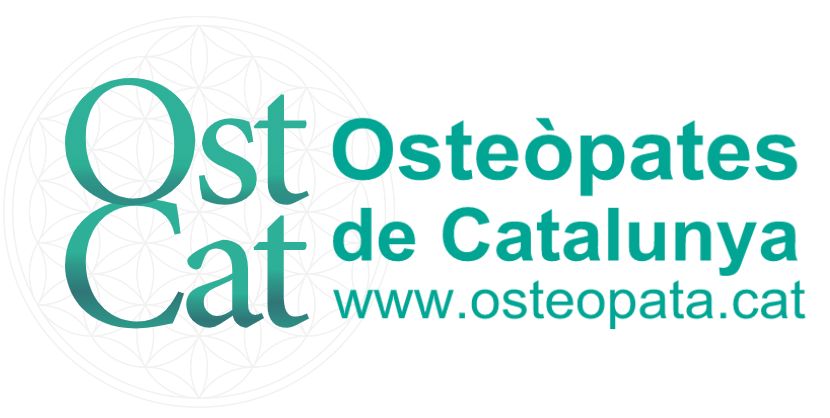THE OSTEOPATHIC PRINCIPLES
Philosophy and characteristics of osteopathy.
Osteopathy offers a wide range of approaches to maintaining health and managing disease. Osteopathy is based on the following principles for the treatment of the patient:
- The human being is a functional dynamic unit, whose state of health is influenced by the body, the mind and the spirit;
-
The body has mechanisms of self-regulation and natural self-healing;
-
Structure and function are interrelated at all levels of the human body.
In this context, osteopaths incorporate current medical and scientific knowledge into the application of osteopathic principles in patient care. Osteopaths recognize that the clinical signs and symptoms of each patient are the consequences of the interaction of many physical and non-physical factors. Emphasis is placed on the dynamic interrelationship of these factors and on the importance of the therapist-patient relationship in the therapeutic process. The form of health care is to focus on the patient, rather than focusing on the disease.
Structural diagnosis and manipulative osteopathic treatment are the essential components of osteopathy. Osteopathic manipulative treatment was developed as a means of facilitating the body's normal self-healing / self-healing mechanisms, addressing areas of stress, stress, or tissue disorder that may hinder normal neural, vascular and biochemical mechanisms.
The practical application of this approach is based on several structure-function relationship models described below. Osteopaths use them to collect and structure diagnostic information and to interpret the meaning of neuro-musculoskeletal findings for the general health of the patient. Osteopathy is therefore not limited to the diagnosis and treatment of disorders of the locomotor system, nor does it emphasize the alignment of the joints and the radiological evidence of structural relationships. Osteopathy is more interested in the way the biomechanics of the musculoskeletal system integrate and support the physiology of the entire body.
Although manual techniques are used by various professions of manipulative therapies, the only way in which osteopathic manipulation techniques are integrated into patient management, as well as duration, frequency, and choice of technique, are distinctive aspects of osteopathy. Osteopathic manual treatment employs many types of manipulation techniques, including spine and pulse techniques as well as gentle techniques.
Structure-function relationship models.
Five major models of structure-function relationships guide osteopaths in the approach to diagnosis and treatment. These models are often used in combination to provide a framework for interpreting the meaning of somatic dysfunction within the context of objective and subjective clinical information. The combination chosen adapts to the differential diagnosis of the patient, to co-morbidities, to other therapeutic regimens and to the response to treatment.
The biomechanical structure-function model.
The biomechanical model considers the body as an integration of somatic components that are related as a mechanism for posture and balance. Imbalances or stress within this mechanism can affect the dynamic function, increase energy expenditure, alter proprioception (the proper sense of the relative position and movement of the neighboring parts of the body), change the structure of the joints, Neurovascular function and alter metabolism. This model applies therapeutic approaches, including manipulative osteopathic techniques, to allow restoration of posture and balance and efficient use of musculoskeletal components.
The respiratory / circulatory structure-function model.
The respiratory / circulatory model is interested in the maintenance of the extracellular and intracellular environment through the unrestricted supply of oxygen and nutrients, and in the elimination of cellular waste products. Stress on the tissues or other factors that interfere with the flow or circulation of any body fluid can affect the health of the tissues. This model applies therapeutic approaches, including manipulative osteopathic techniques, to deal with dysfunction of respiratory mechanics, circulation and the flow of body fluids.
The neurological structure-function model.
The neurological model considers the influence of spinal facilitation, proprioceptive function, the autonomic nervous system and the activity of nociceptors (pain fibers) in the function of the neuroendocrine immune network. The relationship between the somatic and visceral (autonomous) systems is of particular importance.
This model applies therapeutic approaches, including osteopathic manipulation techniques, to reduce stress or mechanical stress, balance neuronal information, and reduce or eliminate nociceptive conduction.
The bio-psycho-social structure-function model
The bio-psycho-social model recognizes the various reactions and psychological stress that can affect the health and well-being of patients. These include environmental, socio-economic, cultural, physiological and psychological factors that can influence the disease. This model applies therapeutic approaches, including osteopathic manipulation techniques, to address the effects and reactions of different types of bio-psycho-social stress.
The bio-energetic structure-function model.
The bio-energetic model recognizes that the body tries to maintain a balance between production, distribution and energy expenditure. Maintaining this balance helps the body in its ability to adapt to different stressors (immunological, nutritional, psychological, etc.). This model applies therapeutic approaches, including osteopathic manipulation techniques, to address factors that have the potential to deregulate Production, distribution or energy expenditure.




